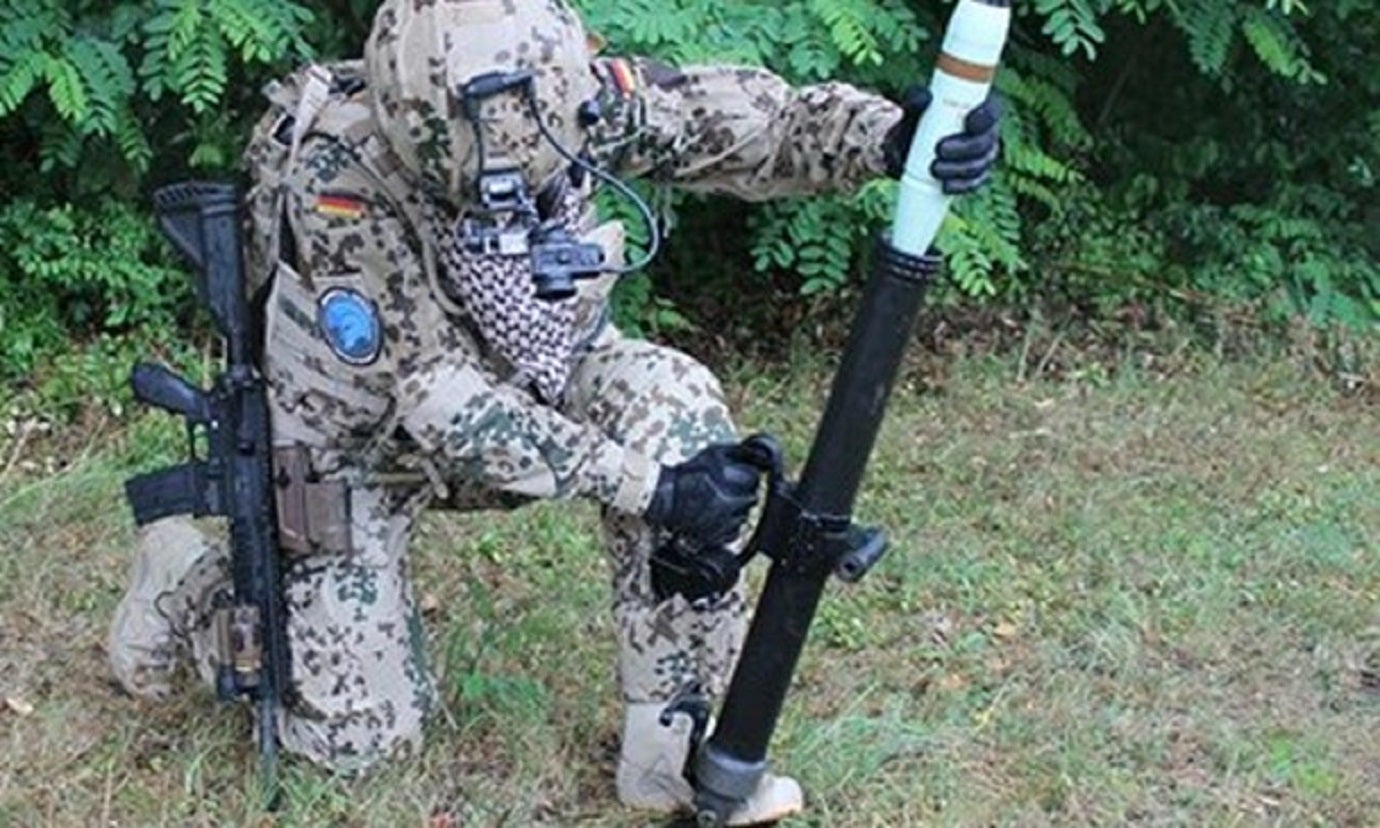
The German Government will finance Rheinmetall’s production of 100,000 rounds of 120mm mortars earmarked for Ukraine, as the Eastern European country’s counter-offensive approaches the winter months.
The order, worth a figure in the lower-three-digit million-euro range, forms part of a recent €400m ($426.9m) military aid package for the Ukrainian Armed Forces. Delivery is due to begin shortly and extend over the next two years.
With its recent takeover of Spanish ammunition producer Expal Systems SL, Rheinmetall has further reinforced its already extensive expertise in the field of infantry fire support.
The group’s product range encompasses a complete array of 120mm, 81mm and 60mm mortar ammunition. Fire control systems and mortar weapon systems like the 120mm Ragnarök and the innovative RSG60, a 60mm mortar system, are augmenting these projectiles.
In a world where countries are now rushing to mobilise their war stocks, the acquisition provides Rheinmetall with swift access to greater production capacity, covering the entire ammunition production value-added chain, with multiple plants in Spain and a demilitarisation and soil remediation business in the US.
The use of mortars and other forms of large calibre ammunition in the Ukraine conflict
GlobalData tells us that the large calibre ammunition segment will hold a significant share of the global military ammunition market over 2021–31. It is projected to account for 26.8% of the market, making it the largest segment.
The use of advanced weapons such as tanks, artillery systems, and mortar systems to counter various threats is leading to the increased development and utility of advanced ammunition to increase lethality, range, and accuracy.
Comapred to Ukraine’s ongoing western ammunition supplies, the Royal United Services Institute indicates that there has been a shift in reliance upon 152mm howitzers to a much greater emphasis on 120-mm mortars in Russian fires; this reflects munitions and barrel availability.
Russia’s reduced stocks are also emphasised by their responsive fires, which represents the greatest challenge to Ukrainian offensive operations. Russian artillery is also increasingly relying on loitering munitions for counterbattery fires.




